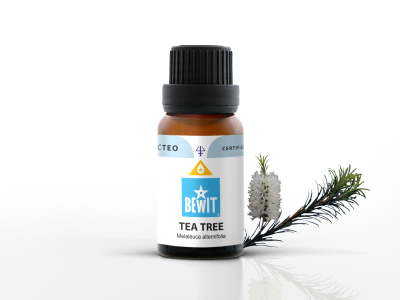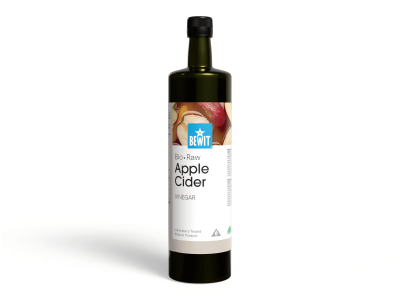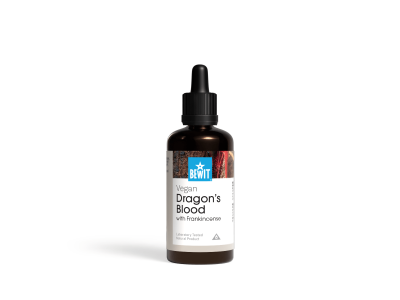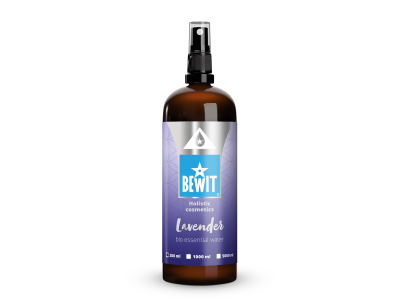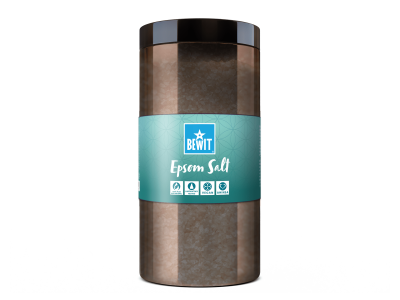Summer Advisor: What to do with insect bites and stings
Mosquitoes, ticks, horseflies, wasps, ants... These are just some of the representatives of the insect kingdom whose stings, bites and suckers can make the summer months very unpleasant. Lucky for us, there's first aid from nature.
We all react differently to insect attacks. Some are easily bothered by just a small itchy pimple, others are tormented by a large painful swollen spot. It depends on the type of insect, but also on your sensitivity, condition of the immune system, age, current level of hormones or genes.
In any case, it is important to intervene as soon as possible to minimise pain or swelling, relieve itching and reduce recovery time.
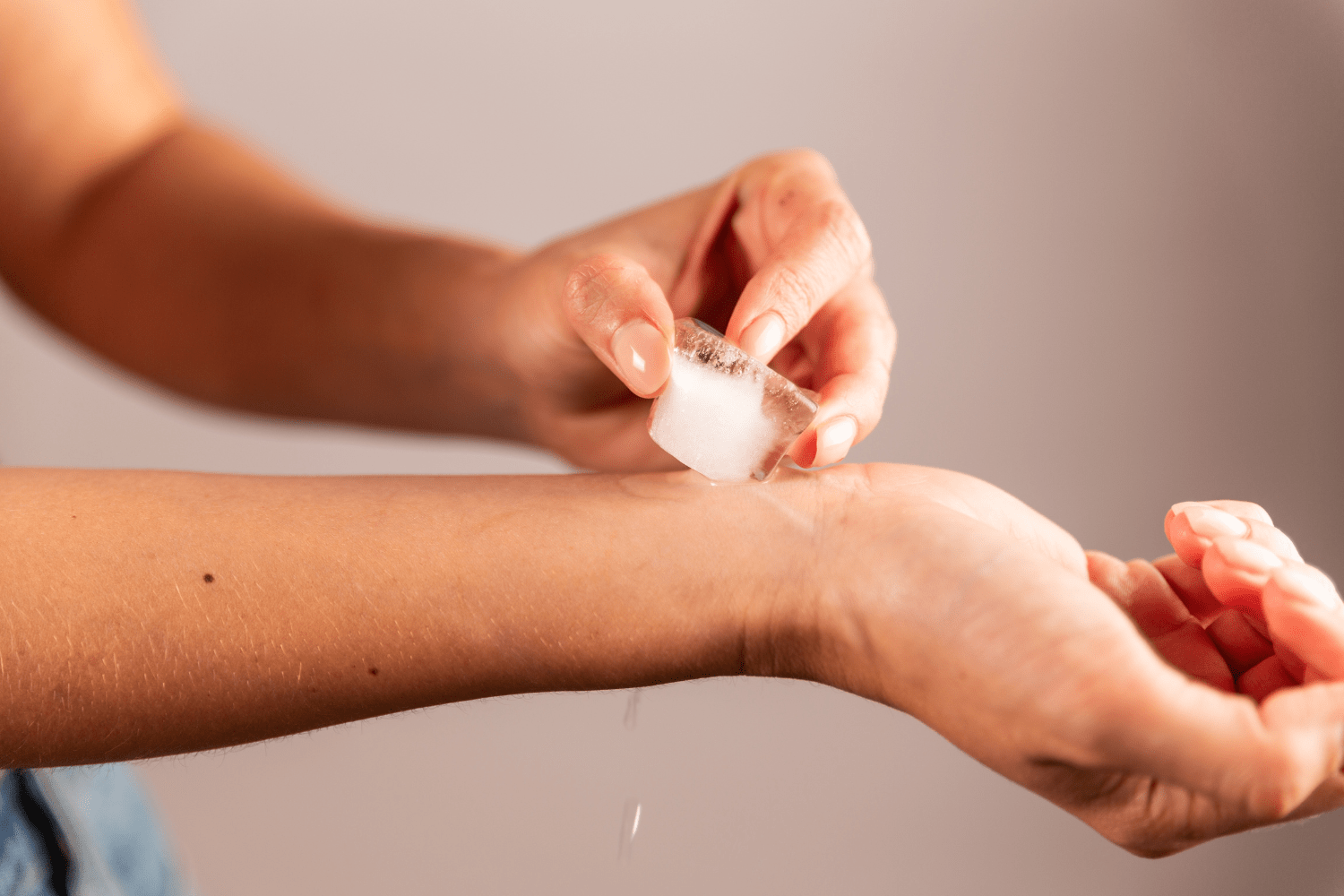
The quickest ans simplest treatment is to start cooling the place as soon as possible. Cool it down with an ice cube or wrap it with a cold poultice. A cotton pad or a clean tissue soaked in ice water is sufficient. But if you have the opportunity, also use other natural remedies that will take the wind out of the sails of insect venom and support your body in fighting the consequences.
Among the items most people typically have at home are sliced onions, chilled cottage cheese, plain yogurt, and apple cider vinegar. If you grow aloe vera at home, pluck a leaf and squeeze some gel on your skin. Lavender or tea tree essential oil also works very well. And there's a lot more.
.jpg)
How to treat... a mosquito bite
Mosquitoes are everywhere, making it nearly impossible to avoid getting bitten at least once each summer. Female mosquitoes cause inconvenience by piercing the skin with their proboscis and sucking blood to obtain enough protein for egg production. While sucking blood, they release substances that reduce clotting and minimize pain, preventing the victim from resisting. The body reacts with an allergic response, resulting in a red, intensely itchy bump.
How to treat... a mosquito bite
Wash the mosquito bite with cold water and soap and applylavender or tea tree essential oil. Both can be applied directly to the skin. If you have more sensitive skin, you can dilute it in some plant based oil, such as almond oil.
An oatmeal will also help with itching. Soak oats in water and apply the porridge to the affected areas. Let it dry a bit and then rinse. Did you get swarmed by mosquitoes? You might as well try oatmealbath. Stir two to three cups of oatmeal in warm bath water and soak in the bath for 20 minutes. The oats soothe the skin and suppress itching.
Even if it's tempting, don't scratch, as you can introduce bacteria and cause an infection.
How to treat... a tick
If you've found a tick attached to you, take action immediately. The sooner you remove it, the better. It is ideal to use special tweezers or a tick card that can remove it gently. At worst, a moistened cotton swab will do.
However, do not suffocate the tick with oil, as it could eject the contents of its stomach into the wound, increasing the risk of infection. Rather, gently rock it with one of the tools listed. Then wrap it in a piece of paper and either flush it down the toilet or burn it. Never squish it, and certainly not with your bare hands, it could be infectious. Wash your hands after handling the tick.
Disinfect the wound , for example withtea tree oil. Finally, take another good look to see if you can find any more ticks and shake out your clothes and shoes.
It´s normal to have an itchy pimple for a few days. To relieve itching and promote healing, you can use a lavender hydrosol.
To be on the safe side, keep an eye out for about four more weeks to see if a large spot with a white centre has formed anywhere on your body or if you develop flu-like symptoms. In that case, see a doctor.
How to treat... a sting
If you have been stung by a bee, focus on removing the sting first. Scratch it with your fingernail or a plastic card. Why you should not squeeze it with your hand or tweezers? By squeezing, you would squeeze more bee venom into the wound and worsen the pain and swelling.
Wasps don't usually leave stings in the skin, but even so, you should examine the wound, as it happens exceptionally. Then you can just pull it out with tweezers because it doesn't have a venom sac.
Ahornet stinghurts the most , because it has the longest sting and its venom also contains substances that affect the transmission of non-neural excitations, so the pain is felt more intensely. At the same time, the hornet has considerably less venom than the bee. And it doesn't have a venom sac, so you can pull the sting out with tweezers, too.
After examination and careful removal of the sting, if any remains in the skin, wash the wound with cold water, soap and ice. You can do it for an hour - the optimal interval is 10 minutes ice time, 10 minutes break, and so on.
How to treat... a sting
If you got stung in your arm or leg, you can lift the limb. And don´t forget toremove jewelry from around the puncture as soon as possible. This will prevent further pain and complications of swollen tissue.
Apple cider vinegarhelps to soothe the swelling and pain. Just soak a tissue or cosmetic pad in the apple cider vinegar and apply to the wound. Tea tree works well too - you can drip it directly on the wound.
Grandmotherly advice recommends applying onions or a paste of water and baking soda, which you apply to the painful area. Epsom salt is also worth trying. Mix two tablespoons in a cup of water and make a poultice with a clean piece of cloth. Dragon's blood is also beneficial. BEWIT Dragon's Blood with Frankincense Essential Oil is a fine-tuned composition that can be applied with a dropper to a painful, burning or itchy area.
Tip for a holiday by the sea: How to calm a jellyfish sting?
Finally, we have one more related tip for you. In the holiday season, when many of us head to the southern beaches, we have to be prepared for other surprises. It can easily happen that while swimming in the sea we see a jellyfish. It may not be an insect, but the painful sting is no less unpleasant.
Do not touch the affected area with your hand. Wipe off the poison perhaps with a credit card or room card, or even with sand. Thenrinse the area with seawater. Use only salt water as fresh water will only make it worse.
From natural remedies, you can rub the area withessential oil of lavender, tea tree or niaouli, or hydrosols of rose, frankincense, calendula or chamomile.

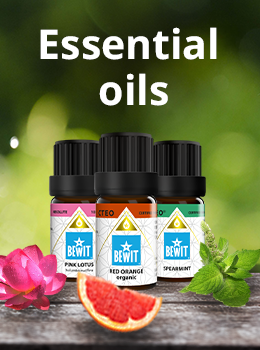
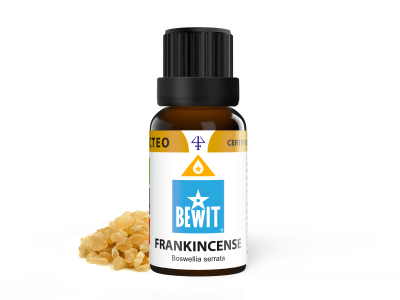

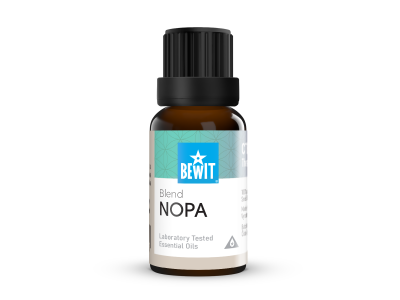
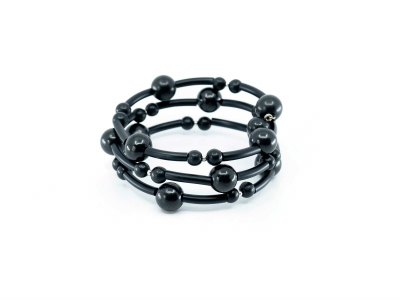

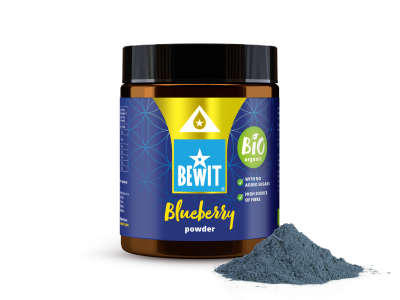
.jpg)
.jpg)
.jpg)
